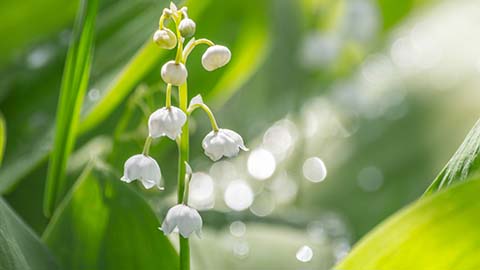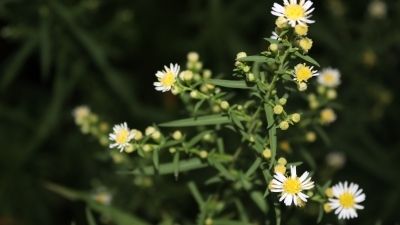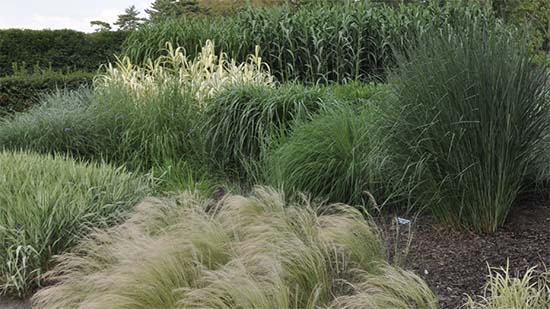Fabulous Tulips in Springtime

Introduction
With tulips you have the color palette of Van Gogh; no other flower offers the vibrant array of spring color as do tulips, try one or several until you have tried them all, you are the artist. Tulips are classified by bloom time (Early, Mid-season, and Late) and by form. They are native to central
Eurasia but were made popular by the Dutch after being brought to the Netherlands from Turkey. Originally, tulips were only available to nobility but soon became the rage and have been popular ever since. Modern tulips are the result of heavy cultivation to produce larger and more colorful varieties. Original tulip species are seldom seen and are much smaller and delicate than those commonly planted in contemporary gardens.
Tulip Classification
Listed are the 15 major tulip classes, and each class has unique characteristics that allow for endless combinations of color and form in the garden.
- Single Early
- Double Early
- Triumph
- Darwin Hybrid
- Single Late
- Lily Flowered
- Fringed
- Viridiflora
- Rembrandt
- Parrot
- Double Late
- Kaufmanniana
- Fosteriana
- Greigii
- Miscellaneous
Recommended Varieties
Most tulips are very hardy, however some do better in Utah’s harsh climate. Netherlands Keukenhof garden recommends the following varieties for multiple year flowering in cold climates: Couleur Cardinal, Golden Apeldorn, Parade, Showwinner, Don Quichotte, Orange Emperor, Purissima, and Toronto. Additionally, Golden Lady, Big Chief, Lilac Wonder Sprenger and Big Smile are other varieties to consider can but may be slow to bloom and or damaged by frost.
How to Grow
Soils
Tulips prefer full sun. They will grow in a wide range of soils but prefer those soils that are rich in organic matter and are well drained. Bulbs will decay if they sit in constant, water-logged soils.
Soil Preparation
Before planting, remove any weeds and add in 2-3 inches of organic matter to enhance drainage and increase the soil structure.
Depending on bulb size, most tulips need 8- 12inches of rooting depth.
Propagation
Tulips can be propagated two different ways; by division and by seed. Once tulips have finished blooming and are dug, daughter bulbs
or offsets will be attached to the main bulb. When properly stored, these offsets can be replanted to a depth of at least 6-8 inches and will bloom the following spring. Planting tulips from seed can be tricky because most tulips are sterile. However, some, cultivars hybridize easily. It can take between 4 to 7 years for a plant to produce a flower when planted from seed. Tulips need a period of frost
(vernalization) and should be planted in the fall.
Planting and Spacing
Dig a hole twice the recommended planting depth, amend the soil with organic matter, then refill the bottom to the proper planting depth and firmly pat the soil, this helps the bulb to remain upright. Plant bulb point side up and fill the hole the rest of the way. Pat soil again and water thoroughly. If the fall and spring are dry, supplemental water may be needed. Follow the spacing recommendations from the bulb producer.
Water
Tulip bulbs need moisture to grow properly, if the weather is cold but dry, water bulbs regularly. The soil should be moist but not wet, wet soil will cause the bulbs to rot.
Fertilization
If you plan to replace your bulbs each year, fertilization is not necessary; however, if you intend to perennialize your tulips, dig in rich, wellrotted manure in the fall and then again, dig in a 10- 10-10 fast-release fertilizer in the spring.
Storage
After the tulip has bloomed and the plant dies back completely, carefully dig and clean the bulbs. Trim any roots and remove any remaining paper scales. Select only the largest and firmest bulbs for storage. Dry the bulbs for at least 24 hours. Once the bulbs have dried, label and package them in paper bags or nets and store in a cool, dark place.
Problems
Though aphids can be a problem, generally tulips bloom before the aphids hatch. The recommended treatment for aphid infestation is to limit chemical control tactics. This helps encourage the aphid’s natural enemies, lacewings, hoverflies, damsel bugs and wasps.
Botrytis blight affects all parts of the tulip and most commercially marketed tulips are susceptible. The first symptoms show in early spring with tulip leaves emerging stunted and tightly curled. A gray mold might appear on the foliage followed by graybrown speckles, which will spread to other tulips. The virus can persist in the ground and affect subsequent plantings. Avoid replanting in the infected area for at least three years. Purchase the largest, blemish-free bulbs available. Plant in a sunny location with good air circulation, avoid overwatering and restrain from over applying nitrogen fertilizer. Discard any affected bulbs.
Bulb mites are tiny insects that are attracted to weak or damaged bulbs. Infestations result in the tulips’ failure to thrive. Visually check bulbs before purchasing or planting and discard any bulb that is damaged or looks unhealthy (shriveled).
Conclusion
For some spectacular tulip displays visit Thanksgiving Point’s Tulip Festival or Temple Square in Salt Lake City.
References
- Tulip Fire or Fire Blight. RPD No. 609. University of Illinois Extension, 2000. Available at http://ipm.illinois.edu/diseases/series600/rpd609
(accessed April 6, 2015)
Utah State University Extension
Peer-reviewed fact sheet
Download PDF
Authors
Linden Greenhalgh, Tooele County Extension Agent; Holly Christley, Ag/4-H Staff Assistant
Related Research







